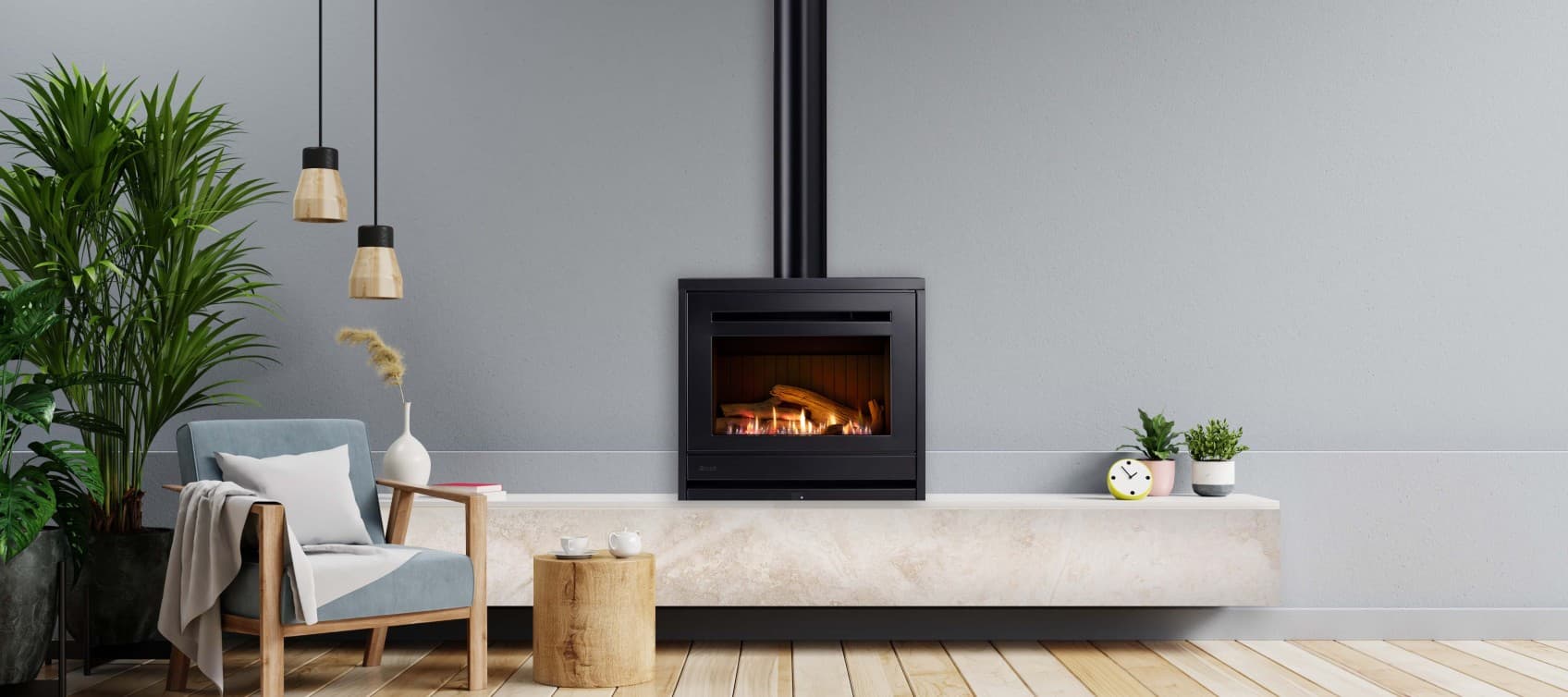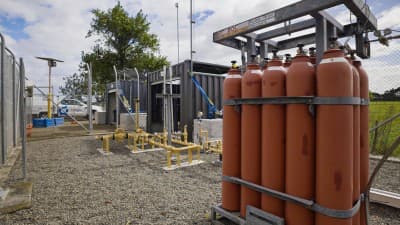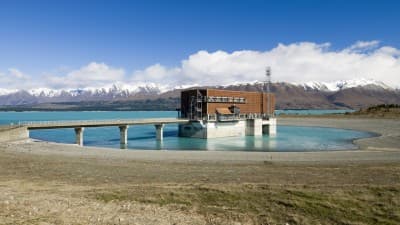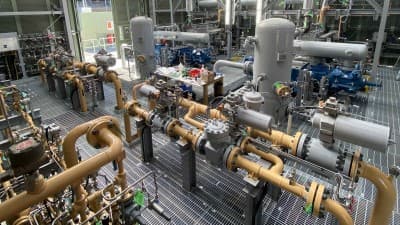Warmth, light, and beautiful aesthetics – humans have been gathering around fires for over a million years. Despite all the alternatives, we’re still choosing to install fires in our newest homes to this day.
Gas fireplaces are a favourite with architects because they add drama and style to any space. Homeowners love the convenience, flexibility and control of the flame.
Controllable, instant heat
Modern gas fires give you an incredible level of control, with thermostats to keep the temperature where you want it and app-enabled features.
“One of the key things people love about our gas fires is the ability to control them,” says Sarah Moore, National Marketing Manager of Rinnai. “You can use the wi-fi control or remote control, which gives you the ability to set the temperature. There are timers on the app, or you can remotely control it. For example, if you’re driving home from work, you can turn your fire on so it’s warm when you get home.”
Compared to a wood-burning fire, the convenience of using an app or a remote to turn on a fire is incredible. You don’t need to set up the fire, light it and wait for the heat – and there’s no need to clean up the fireplace afterwards.
“Homes with wood fires often only use them on the weekend, because they look beautiful but you don’t have time to set it up each night,” says Moore. “With a gas fire, you can use it every night.”
High flames, minimal framing – what homeowners want
When Rinnai was developing its latest range of gas fires, the team wanted to find out what customers were looking for when they chose a fireplace. The message was clear: a fire isn’t just about the heat anymore. Modern and new build homes are well-insulated and often double-glazed, so they don’t require the same intensity of heating as older homes. Instead, people choose a fire for the convenience, the controllability, and – above all – the look.
“These days, fires are all about the aesthetics,” says Moore. “Customers told us they wanted linear, minimal frames on their fires, and they were looking for lots of flames – high, yellow, flames if possible."
That feedback led to the development of new flame technology, which put burners in the logs and lifted the logs higher to achieve a more realistic-looking, taller flame.
Mechanical construction is now complete
Unlike a traditional wood-burning flame, a gas fire doesn’t necessarily need a vertical chimney. It can be vented vertically, horizontally, or a combination of both. This allows a gas fire to be installed in a range of locations and walls – it gives homeowners and architects far more flexibility on where the fire can go.
Modern gas fires can be either single- or double-sided, so they can sit in a feature wall between two rooms, with both sides enjoying the heat and flames. They can be a statement piece in a feature or dividing wall. A gas fire can even sit on an exterior wall with the flames visible from both inside and outside (though the heat just stays in the home) – it’s like a window with flames.
All these options mean that gas fires remain a popular choice in Kiwi homes, and Moore says the appeal of a fire is timeless: “People love congregating around a fire; it just has that romantic appeal.”
Reducing emissions in our gas supply
Clarus is working toward a net zero emissions gas supply, with our biogas to pipeline and hydrogen blending projects. To learn more about how Clarus is supporting the transition to a net carbon neutral New Zealand, visit Future of Energy.





